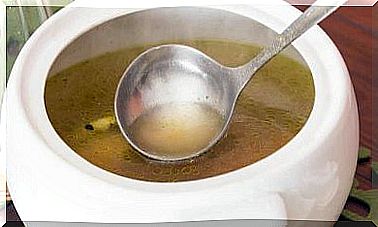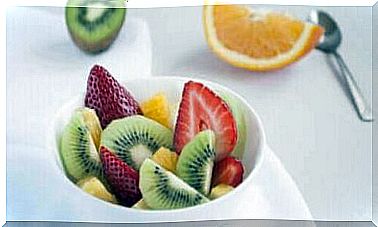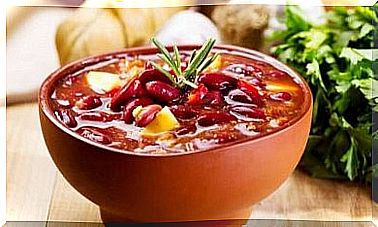Fructose Intolerance And Fructose Malabsorption
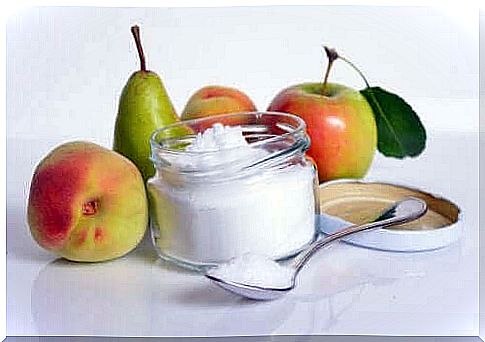
Many people with fructose intolerance are often unsure about what foods they can and cannot eat. In order to answer this question, one must first answer a number of questions.
Think of things like which component is causing the intolerance? In addition, it is important to know which foods contain this component? And finally, it is relevant to know which specific condition the person in question suffers from.
However, there are many different diets for people with fructose intolerance. So only when it is clear what the answers to the above points are, they will have no problem following a good diet.
What is fructose?
Normally, fructose is absorbed into the body as sucrose, also called sucrose, which is a disaccharide. This is no more and no less than the table sugar we all know and love. When you consume sucrose, it is broken down into glucose and fructose in the gut.
Fructose is a simple sugar that occurs naturally in fruits and honey. It is also important to know that sorbitol is another source of fructose. This is a sweetener that releases fructose as it is metabolized by the body.
Under normal circumstances, fructose needs to be absorbed by your intestinal cells and then metabolized in your body. That way you can take advantage of the properties of this monosaccharide.
Someone who suffers from a fructose intolerance therefore has problems absorbing and metabolizing this simple sugar, which causes complaints.
In order to know the right diet for someone with a fructose intolerance, it is essential to distinguish between hereditary fructose intolerance and fructose malabsorption.
Hereditary fructose intolerance
The cause of this disease is a genetic mutation that affects the metabolism of fructose. It occurs in 1 in 20,000 people. This mutation causes these individuals to lack the enzyme involved in the body’s biochemical reactions: fructose bisphosphate aldolase B or aldolase B.
Fructose Malabsorption
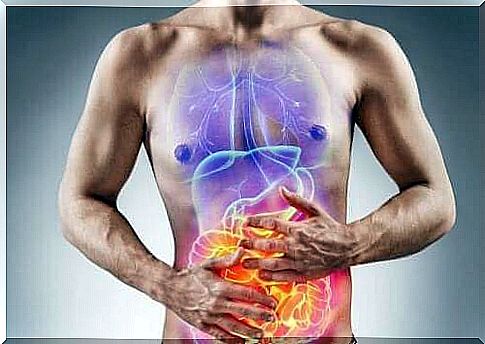
This is a digestive disorder that hinders the absorption of fructose. It affects about 30% of the population. Patients with this condition have cells in their intestines that can absorb little or no fructose.
This causes gastrointestinal complaints such as abdominal pain, flatulence, diarrhea and nausea. A well-known example of a temporary fructose malabsorption is toddler’s diarrhea. It usually arises because a child has drunk too much apple juice or thick juice.
Diet for people with hereditary fructose intolerance
The diet you should follow depends on the pathology you suffer. People with hereditary fructose intolerance must follow a strict diet. They cannot consume more than one to two grams of this sugar. Therefore, it is important for the patient to read all food labels to verify that the products are fructose free.
Unfortunately, people who suffer from this condition are unable to consume most of the food. Read the following list to get an idea of the foods that people with hereditary fructose intolerance can consume:
- Sweeteners. Glucose syrup, saccharin, cyclamate.
- Fruit (only occasionally). Avocado, ripe olives.
- Vegetables. Chard, broccoli, spinach, potatoes, mushrooms, endive.
- Vegetables that can only be consumed to a limited extent. Celery, watercress, cabbage, cucumber, lettuce, cauliflower.
- Meat and Fish. Fresh only.
- Cereals and grain products. Wheat flour, oats, corn, rye, white bread, rice.
People with this condition can consume products containing fructose, sucrose, or sorbitol such as ultra-processed meat or fish. Also, they cannot consume soy drinks, condensed milk and fruit yogurt, among other things.
Diet for people with fructose malabsorption
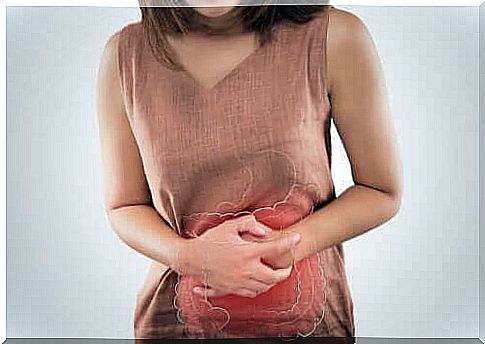
Thus, to prevent the development of gastrointestinal symptoms, patients with fructose malabsorption should reduce all or part of their fructose consumption.
Therefore, they must follow a fructose-restricted diet. This limitation will vary. This depends on whether they suffer from complete or only partial malabsorption. The degree of intolerance also plays a role.
If the patient suffers from total malabsorption, their diet should be similar to that of people with hereditary fructose intolerance. In other words, they should avoid eating foods that contain fructose or sucrose.
On the other hand, people with partial malabsorption, which is the most common form, can consume foods low in sugar. They may even consume a moderate amount of foods high in fructose.
Some foods that are high in fructose include:
- dried fruit, compote and marmalade
- blueberries
- cranberries
- apples, apple juice and thick juice
- grapes
- honey
Conversely, there are also foods that are low in fructose, such as:
- avocado
- coconut
- hazelnuts
- chestnuts
- milk, butter and cheese
- Eggs
- fresh meat
- fresh fish
Despite all these lists, it is very important to seek specialist advice if you suffer from any of these conditions. Only a specialist dietitian can help you create a fully-fledged personalized diet based on your individual needs.

